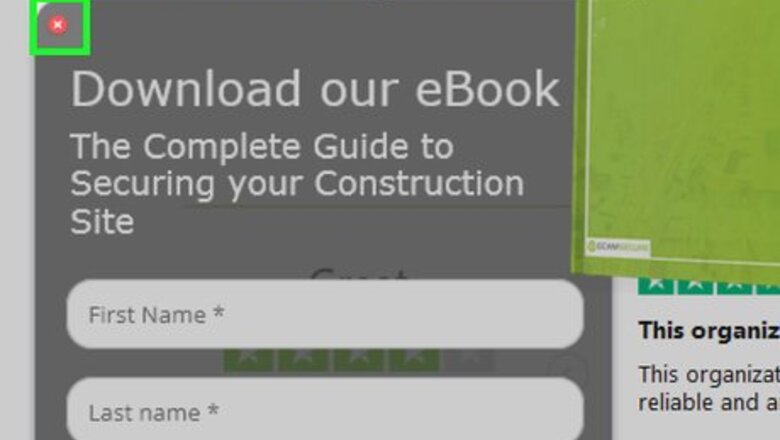
views
- Look for an "X" at the top right corner of the pop up. If you don't see it, look for a button that says " “dismiss”, “leave page”, “close”, “no thanks”, or similar.
- Close the whole browser tab or window to get rid of the pop up. Click the small "X" at the top of the browser window or swipe away if you are on mobile.
- Force quit the browser entirely. Press on Windows or Ctrl+⇧ Shift+Esc, on Mac.
- Turn on pop up blocker settings on the web browsers for both your computer and mobile devices to prevent pop ups in the future.
Finding the Close Button
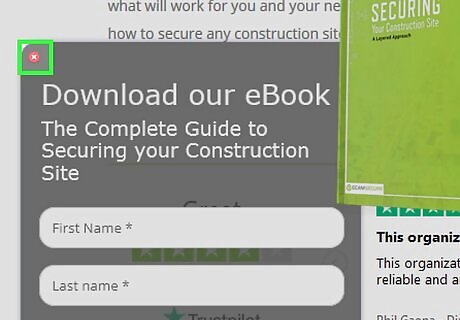
Look for a small “X” at the top right corner of the pop-up. Some ads do a good job of hiding close buttons and links in busy images, so you may not notice it at first. It may be more difficult to find a close button on devices with smaller screens. If you see a message that says “Don’t show more alerts for this webpage” (or something similar), place a check into the box provided. This should stop pop-ups from recurring.

Try clicking a link or button that says “dismiss”, “leave page”, “close”, or “no thanks”. If you didn’t see an “X” to close the pop-up, there may be a link like this elsewhere on the pop-up. Try not to click anywhere else on the pop-up. Clicking through a pop-up ad could bring you to an unsafe website.
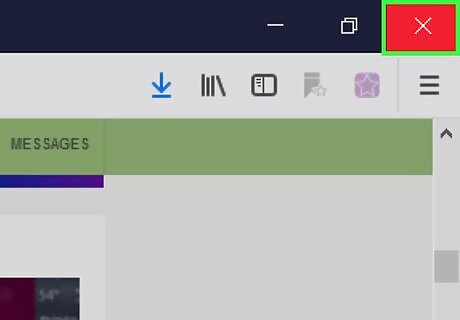
Click the outline of a box where a close button would be. If an image on a pop-up doesn’t load, your browser may display a small placeholder square where the image would be. Try clicking that box to close the window.
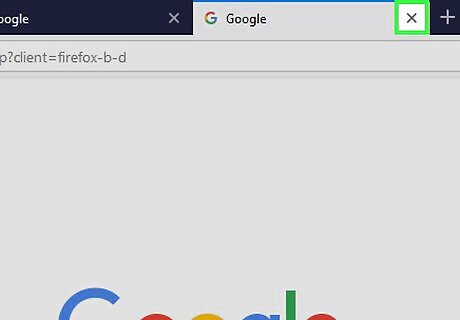
Close the browser tab or Window. If there is no close button or link, or if clicking the button or link doesn’t work, try closing the tab or window.
Closing the Browser Tab or Window

Swipe the tab away. If you’re using Android or iOS and can’t find a close button, you’ll need to close the browser tab or window that launched the pop-up. Closing a single tab should not affect other open tabs in your browser. iOS: Tap the tab icon at the bottom right corner of Safari. When the browser tabs appear, swipe the one that contains the popup ad to the left. Android: Press the square button at the bottom right corner of the screen, then swipe the tab containing the ad to the left or right. Mac & Windows browsers: Click the small X on the tab.
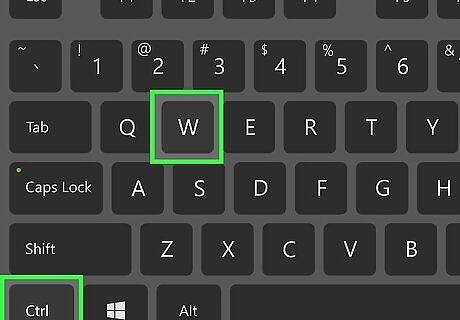
Press Ctrl+W (Windows) or Ctrl+W (Mac). This keyboard shortcut should close the tab that’s currently active on your computer.
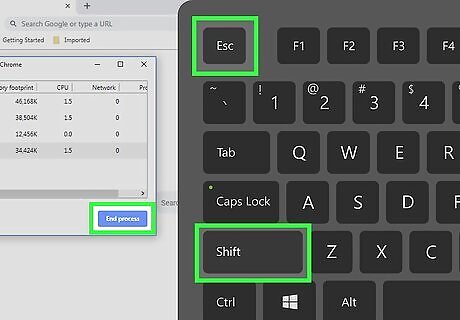
Press ⇧ Shift+Esc on (Chrome on Windows or Mac). Select the tab containing the pop-up, then click “End Process”. If you’re using Chrome on your computer and the tab still won’t close, Chrome’s built-in task manager should solve the issue.
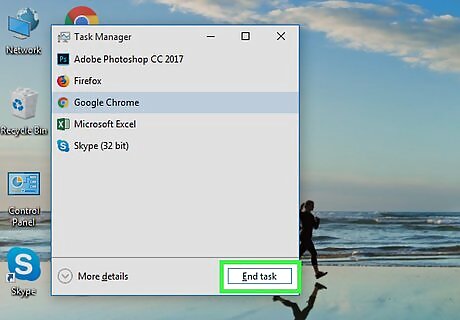
Force-close the web browser. If you’ve been unable to close the tab, you’ll need to close the whole web browser. You will lose anything you were working on in other tabs, so only do this step if nothing else has helped. Windows: Press Ctrl+⇧ Shift+Esc, select the web browser, then click “End Task.” Mac: ⌘ Command+⌥ Option+Esc, select your web browser, then click “Force Quit.” Android: Press the square button at the bottom right corner of the screen, then swipe all browser windows off the screen. iPhone: Double-press the home button (if you’re using iPhone 6s, 3D Touch press the left side of the screen), then swipe all instances of the browser off the screen.
Blocking Pop-ups in Chrome (Mobile)

Click the ⋮ menu. Chrome contains built-in features to block pop-ups. Sometimes a pop-up or two will get beyond the blocker, but for the most part this function will keep you pretty safe.

Select “Settings”.
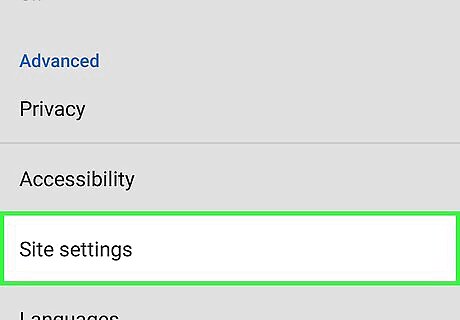
Select “Site Settings”. This option is called “Content Settings” in iOS.
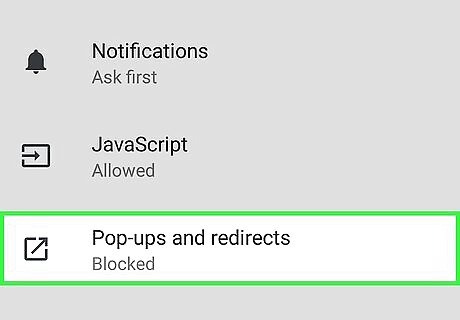
Click “Pop-ups”. This option is called “Block Pop-ups” in iOS.
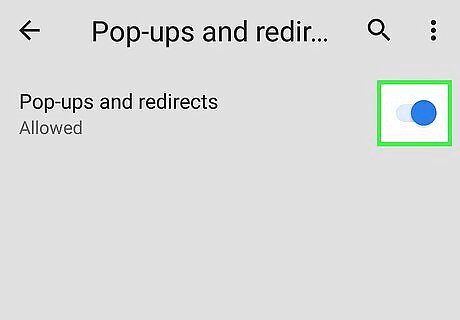
Tap the slider to the On position. This option should be turned on by default, but it may have inadvertently been disabled. Turning it on now should protect you from pop-ups in the future.
Blocking Pop-ups in Chrome (Computer)
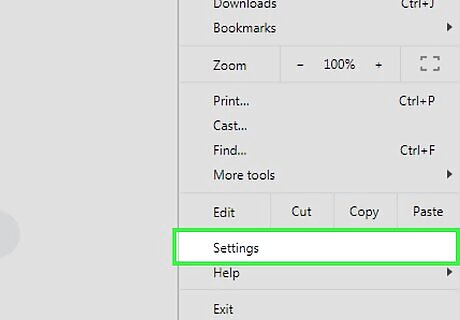
Click the ≡ or ⋮ menu and select “Settings”. If you’re using Chrome on your Windows PC or your Mac, you can block pop-ups by making a simple change to your settings.
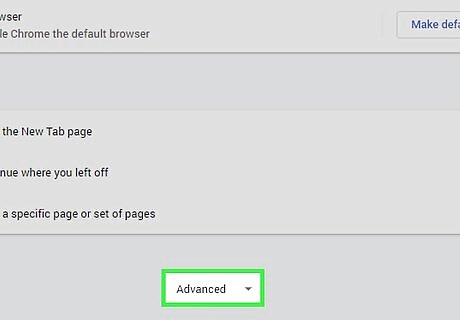
Click “Show Advanced Settings”.

Click “Content Settings” (under “Privacy”).
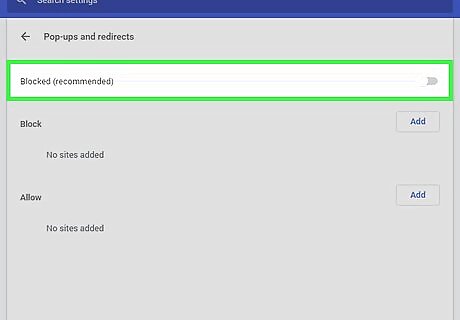
Select “Do not allow any site to show pop-ups (recommended)”
Blocking Pop-ups in Safari (iOS)

Open the “Settings” app. Safari comes with a built-in pop-up blocker that should keep your phone or tablet safe from most pop-ups.
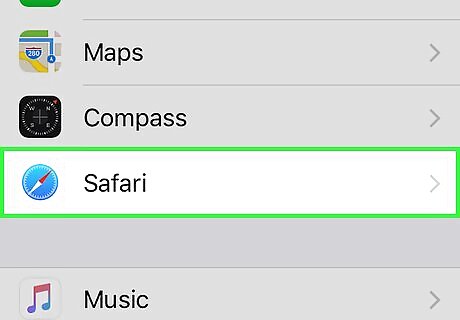
Select “Safari”.

Toggle the “Block Pop-ups” switch to the “On” position.
Block Pop-ups in Safari (Mac)
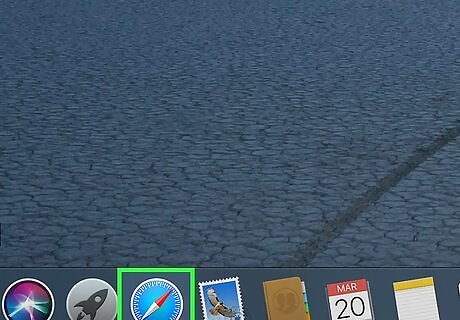
Open Safari and click “Preferences”. You can keep pop-ups from bogging down your Mac by making a quick configuration change in the Safari settings.
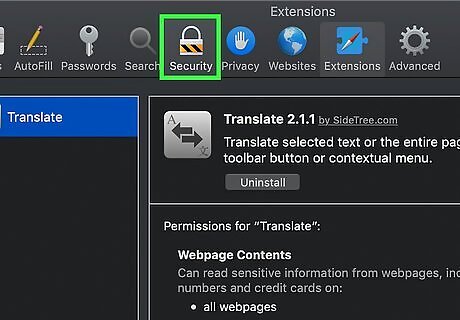
Click “Security”.
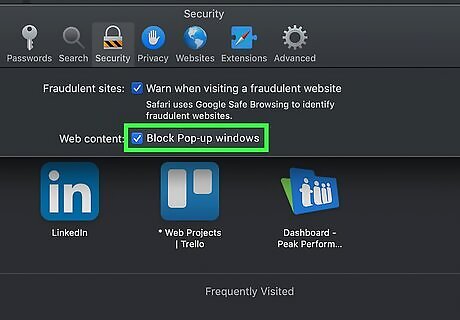
Place a check mark in “Block pop-up windows”.


















Comments
0 comment